The Art of Traditional Blacksmithing - A World Architectural Heritage
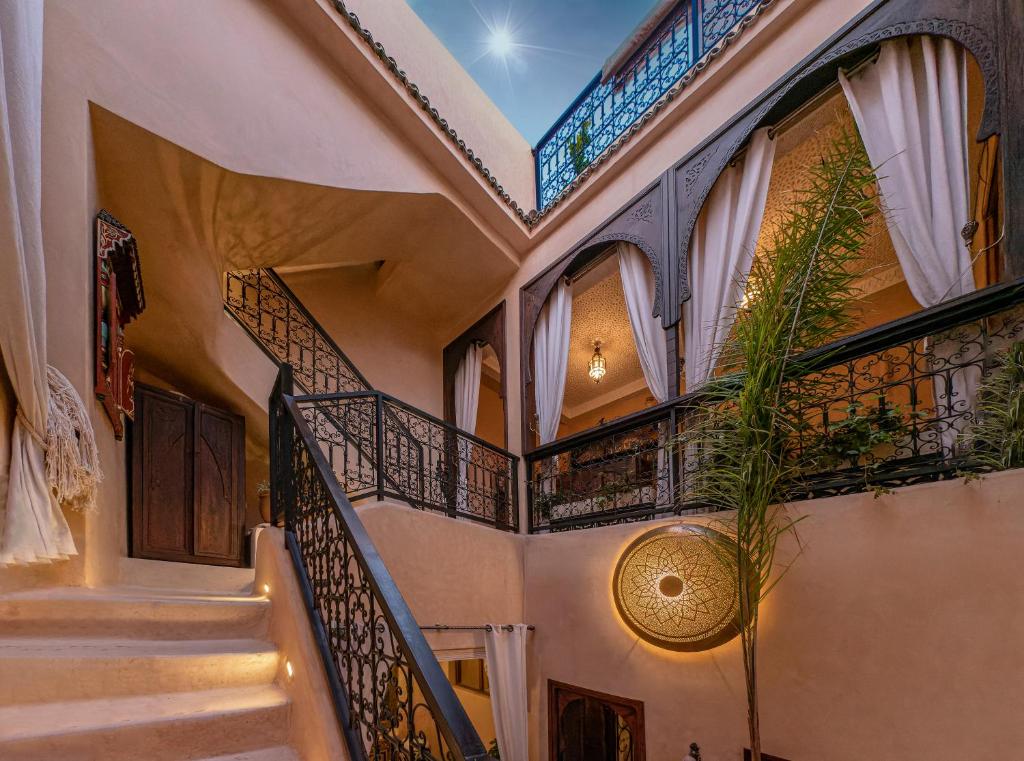

What is the art of traditional blacksmithing?
Traditional blacksmithing is one of the oldest architectural arts that appeared in various civilizations, where it was used to decorate and fortify buildings by shaping iron by hand in creative ways. This art combines geometric beauty with practical strength, making it a key element of Islamic, Ottoman, and Persian architecture.
Traditional ironwork is an integral part of architectural designs in palaces, mosques, churches, castles, and high-end residential buildings, where it is used to make doors, windows, balustrades, mashrabiya, arches, and fences, adding a touch of luxury and durability to architectural structures.
Traditional blacksmithing in historical civilizations
In Islamic and Andalusian architecture
Islamic and Andalusian architecture saw the advanced use of wrought iron in mashrabiya, monumental gates, and ornate balustrades. This art embodied geometric and botanical motifs, expressing the balance and beauty inspired by traditional Islamic art.
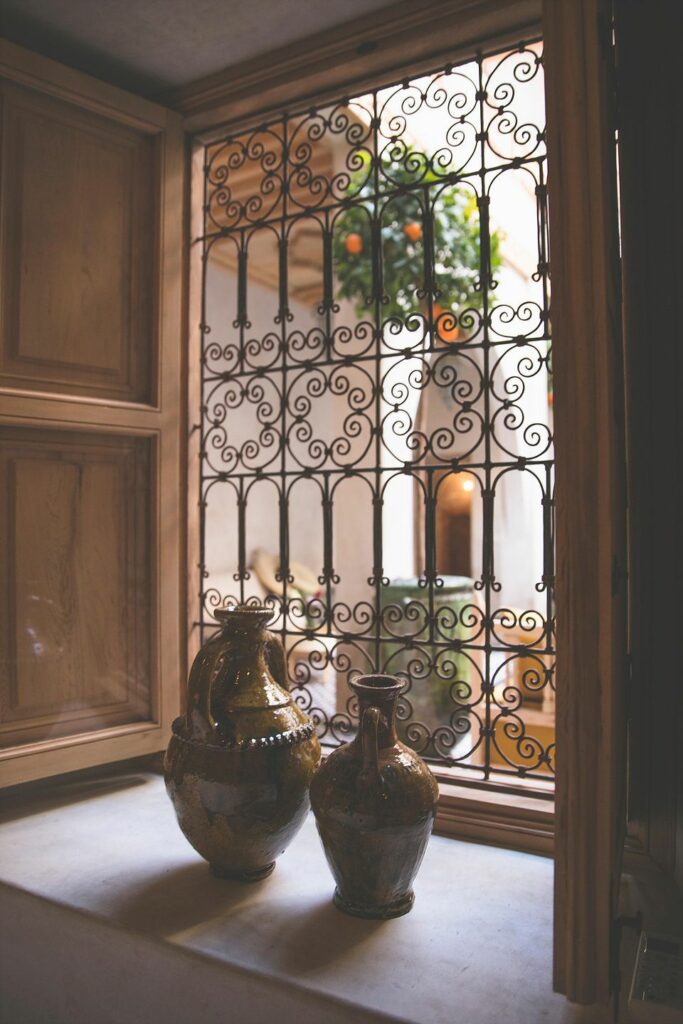
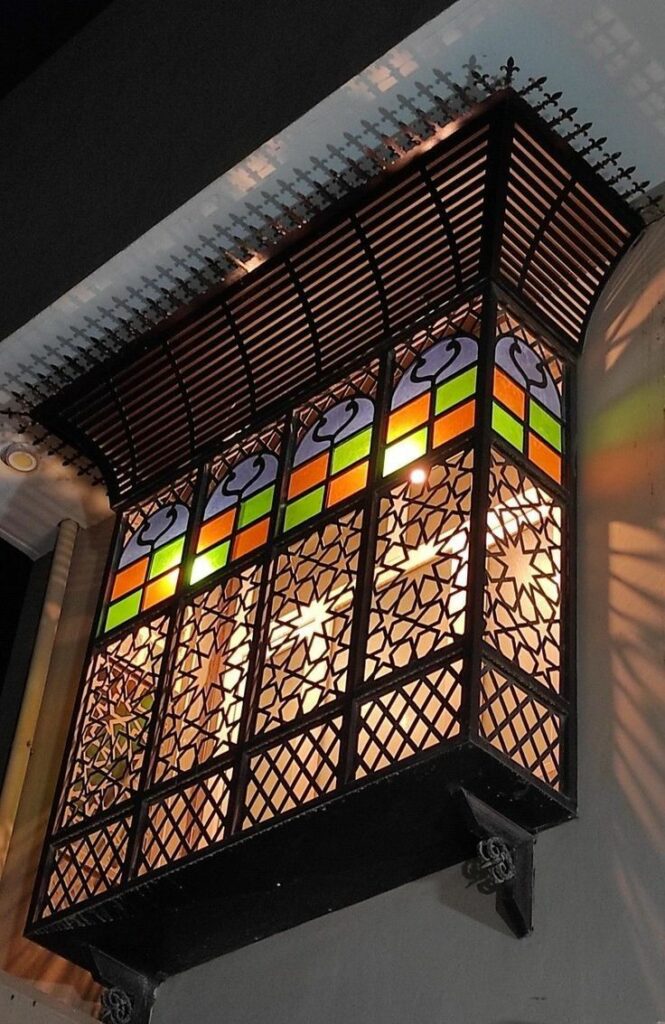
In Ottoman and Persian architecture
The art of blacksmithing shone in Ottoman and Persian architecture through its use in iron arches, decorative domes, and intricate fences that symbolized sophistication and high art, and these influences extended to the architecture of Morocco and Andalusia.
In modern and contemporary architecture
Traditional blacksmithing is still an important element in modern architectural design, as it is integrated with contemporary architecture to preserve the classical spirit with modern touches.

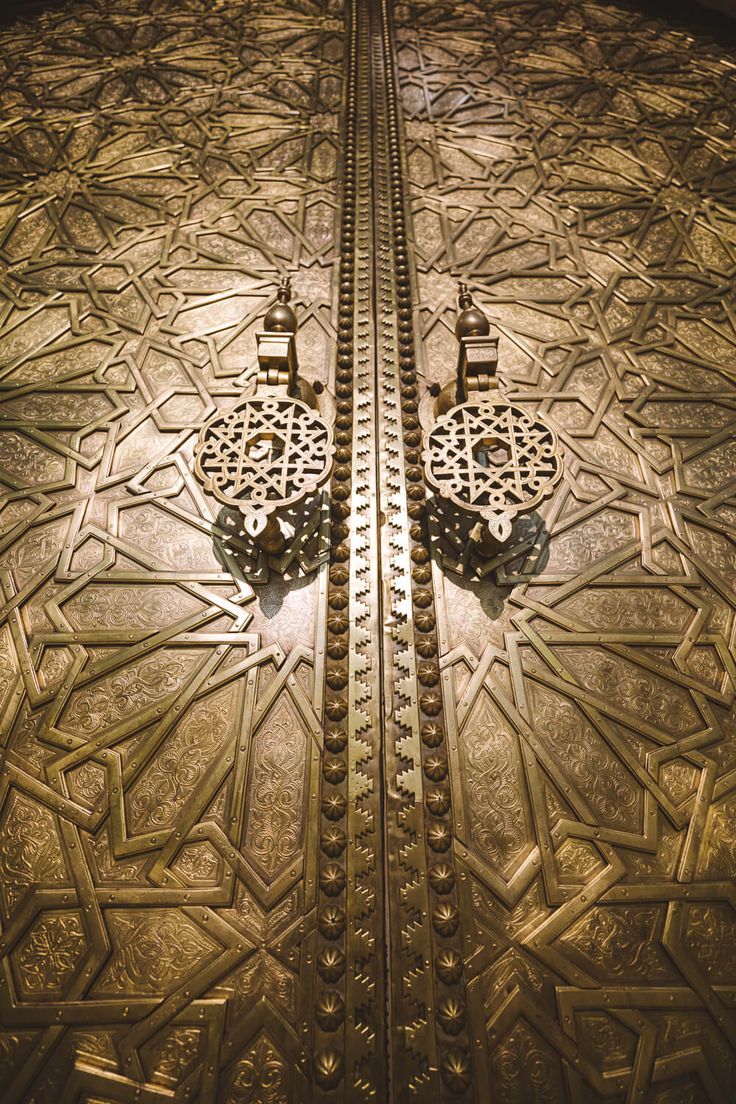
Traditional blacksmithing techniques
Traditional blacksmithing is characterized by precise and highly skilled techniques, including the following stages:
Heating and tempering : Iron is heated until it becomes malleable, allowing it to be easily shaped
Hand forging : artisans use hammers and tweezers to create intricate geometric and botanical patterns
Adding decorative details : this includes metal gratings, arches, and interlocking geometric shapes
Welding and assembly : Iron pieces are assembled to create an integrated design that combines strength and beauty
Final treatment : Iron is coated with corrosion-resistant materials to add shine and lasting protection
Heating and tempering : Iron is heated until it becomes malleable, allowing it to be easily shaped
Hand forging : artisans use hammers and tweezers to create intricate geometric and botanical patterns
Adding decorative details : this includes metal gratings, arches, and interlocking geometric shapes
Welding and assembly : Iron pieces are assembled to create an integrated design that combines strength and beauty
Final treatment : Iron is coated with corrosion-resistant materials to add shine and lasting protection
Why choose traditional blacksmithing for your project?

Authentic heritage architectural design
adds an artistic touch that is rich in cultural and historical identity.
Unique decorative details
Inspired by Islamic, Roman, Byzantine, and Gothic arts
Exceptional strength and durability
hand-forged iron is long-lasting and weather-resistant.
Integration with modern architecture
harmonizes with both classic and modern designs
Areas of use of traditional blacksmithing
- Decorative doors and windows : featuring geometric and botanical designs that reflect the artistic heritage of each civilization
- Iron railings and balconies : give a luxurious touch to villas, palaces, and mosques.
- Metal Mashrabiya : Inspired by the Andalusian and Moroccan style to provide aesthetics, shade and geometric shadows.
- Luxurious arches and gates : used in grand entrances, castles, and royal gardens.
- Ornate iron fences : add protection and elegance to stately buildings and historic sites.
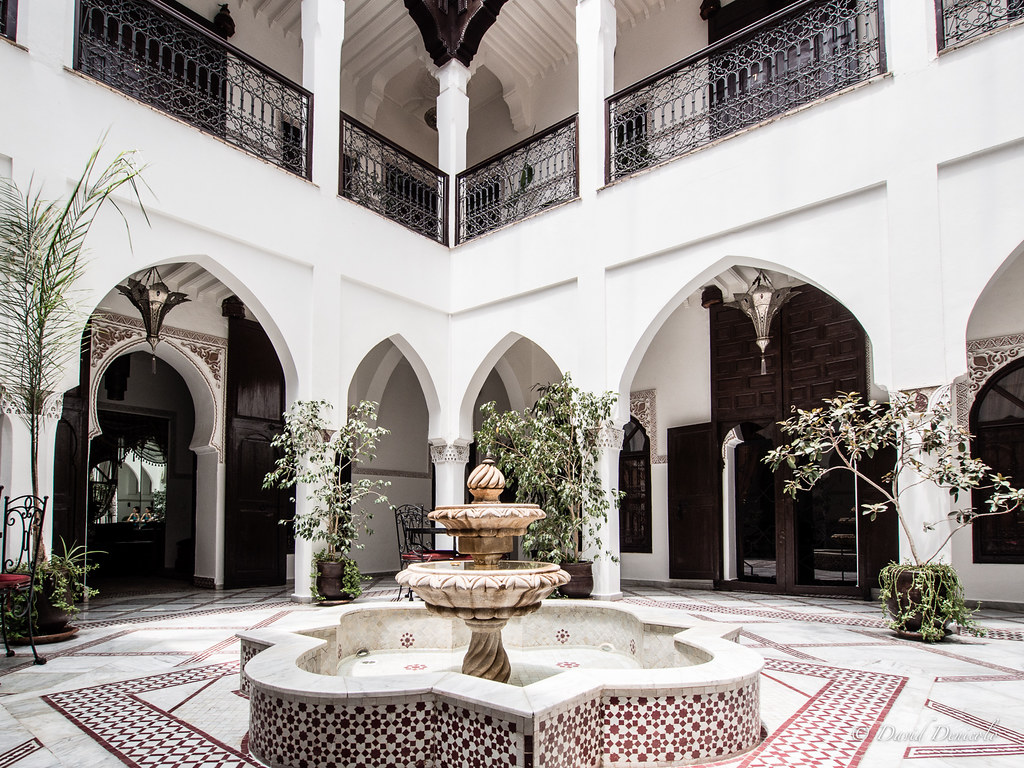
Our expertise in traditional blacksmithing
We work to implement traditional blacksmithing projects according to the highest standards of quality and craftsmanship, as our team has extensive experience in designing and manufacturing traditional iron elements inspired by various international architectural styles.
